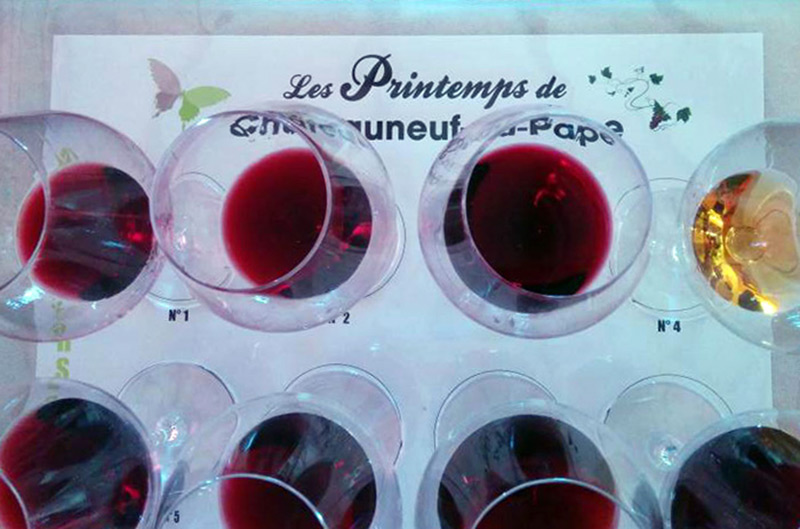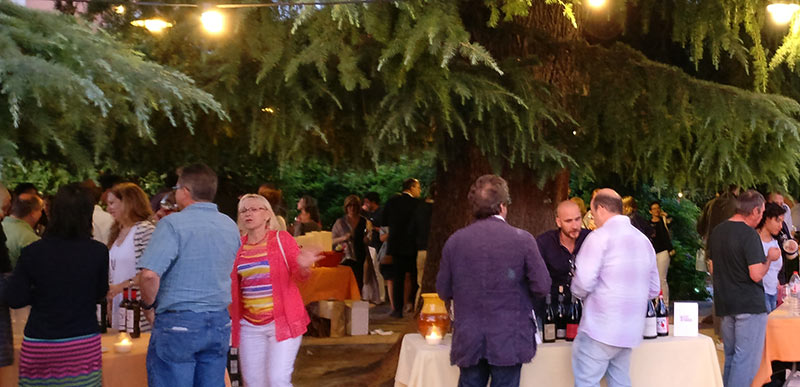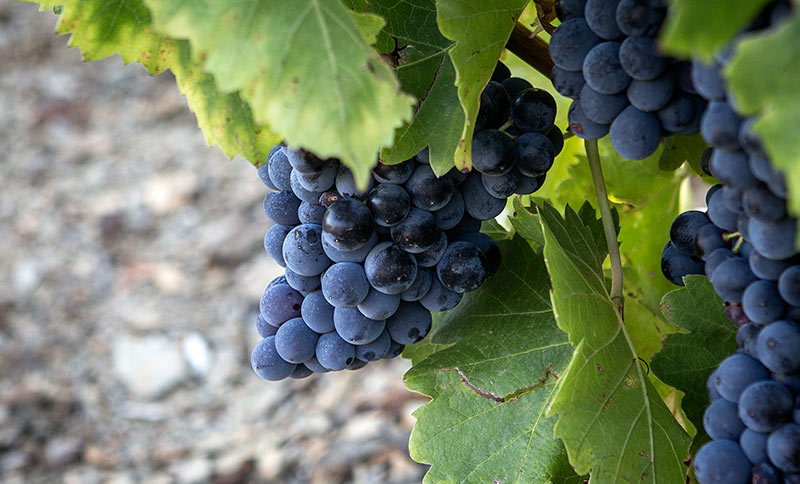With the start of January comes that typical moment in the wine world of retrospection, reflection, and prediction. I think that most of this due to winemakers not having much to do in the cellars and wine writers not wanting to do much after gorging on holiday wines and dishes. Rumination is what January was placed on the calendar for.
For those who might be interested in the musing of someone living in a winemaking village, what follow are a couple of thoughts about the moment we find ourselves in and what may lay ahead. Some have admittedly been inspired by others such as Alfonso Cevola’s article that’s a good read even if it doesn’t fully apply to where you are.
About half the wine I drink is from this little corner (currently) in Spain. It seems that the massive crash of 2008/2009 has been left behind and those wineries run well have managed to come out profitable or at least able to manage their debt without it crushing them. Solvency aside, the issue for Catalonia is that there’s nothing terribly exciting happening on the wine scene, although this is probably good. Politically, yes, things are in flux and to some degree, this is bringing more “brand awareness” to the name Catalonia. I wrote an article for Tim Atkin’s site that goes in to this in a great deal more detail.
The good news (and frankly, the biggest news) is that people in Catalonia are drinking more Catalan wine than Rioja wine. This may seem like a trivial thing, but it’s taken years to get year here and there’s still tons of wine from Rioja available. Don’t get me wrong, it’s not that I hate Rioja wine, it’s that I’m a strong believer in drinking locally as much as possible.
Overall Catalan wine consumption has dropped from 40 liters of wine per person per year to about 15. It seems however that those who still are drinking like the local juice and this will hopefully continue throughout 2016. It is helped in a large way by the boom of local wine bars and wine shops throughout Barcelona. The only downside is that few feature much in their selection outside of what the two big distributors stock and so one wine bar is pretty much like all the others. Look for 2016 to be the year that many start buying directly from the cellars to stand out, lest many of these new watering holes dry up.
If there’s one thing people can shut up about a year ago, it’s méthode ancestrale wherein a sparkling wine is bottled while still fermenting and the bubbles in it are all “natural”. This is part of the whole “natural” wine trend and for some reason Catalan “rebel” winemakers are crazy about it much as hipsters love their pét-nat in the US. This will unfortunately grow and I say that because I could give a rat’s ass about it. If I want a sparkling wine, I want bubbles. I don’t want a wine that is typically deemed flawed as it has a flibby little patter of bubbles in it. I don’t like flat Coca Cola for the same reason. Let ancestrale stay there but I know I’m shouting in to the winds of trend on this one.
Briefly about the regions:
- Priorat continues to be a well-regarded region but it has stalled just short of reaching the next level due to the majority of winemakers and people of the region seeing it as being “good enough”. I suppose I can’t blame them if all their wines are selling given that this has never been an easy place to produce wine. Thankfully there are some (many of whom I count as good friends) who continue to push for more. This will not be easy as there are structural hurdles that will have to be overcome and they’ll probably need another crappy vintage like 2011 to shake things up. If 2016 is like 2015, the boat will remain very much un-rocked.
- Montsant received a huge injection of quality in 2008/2009 due to some great projects starting up due to the global crash. Since then, the pace has slowed down a great deal and the winescape of this DO is still dominated by the large cooperatives. Some new projects will be releasing wines this year and I’m going to be excited to taste them but to keep moving onward, more boutique wineries are needed as there is indeed an active DO ready to push them and the Montsant brand.
- Terra Alta/Empordà are at opposite ends of Catalonia but are in a similar state. They play something of a second fiddle to Priorat, Montsant, Cava, and to some extent Penedès. They saw a huge upswing in quality over the last 15 years. For Terra Alta, I think this will continue as they have a steady base of raw grape sales to mega-cellar Torres that keeps them solvent while getting their boutique projects up and running. For Empordà, it’s not as certain. A number of smaller cellars in Empordà are shutting down and they have a permanently ongoing and probably unwinnable battle with beach tourism up there that likes to suck up prime vineyard land as well as make enotourism tough. 2016 is going to be another slog for them.
- Penedès will continue as Penedès. I see no change as their business model of massive production works well for them and if anything they’ll see sales grow as people are paying less and less for wine locally as well as in export markets like the UK. The smaller producers trying to make a boutique wine will continue to fight the big machinations who control the DO solidly. Enotourism in the region will continue to grow (they’re already #1 in Spain) as more shabby tour companies sprout up and the region is a very short hop from Barcelona.
- As for the rest of the Catalan wine scene (the other six DOs not listed above), they’ll keep having to push hard to get their voices heard. Thankfully a lot of them are working on local sales to accomplish this. I don’t see anything in any of these regions that’s going to make them stand out just yet. Several have come a long way with one segment of their portfolio, like the whites found in Costers del Segre. They’ll just need to round out everything else before a thunderous “boom!” of a fine wine region is reached.
Read the companion piece to this about wine trends in general for 2016.



